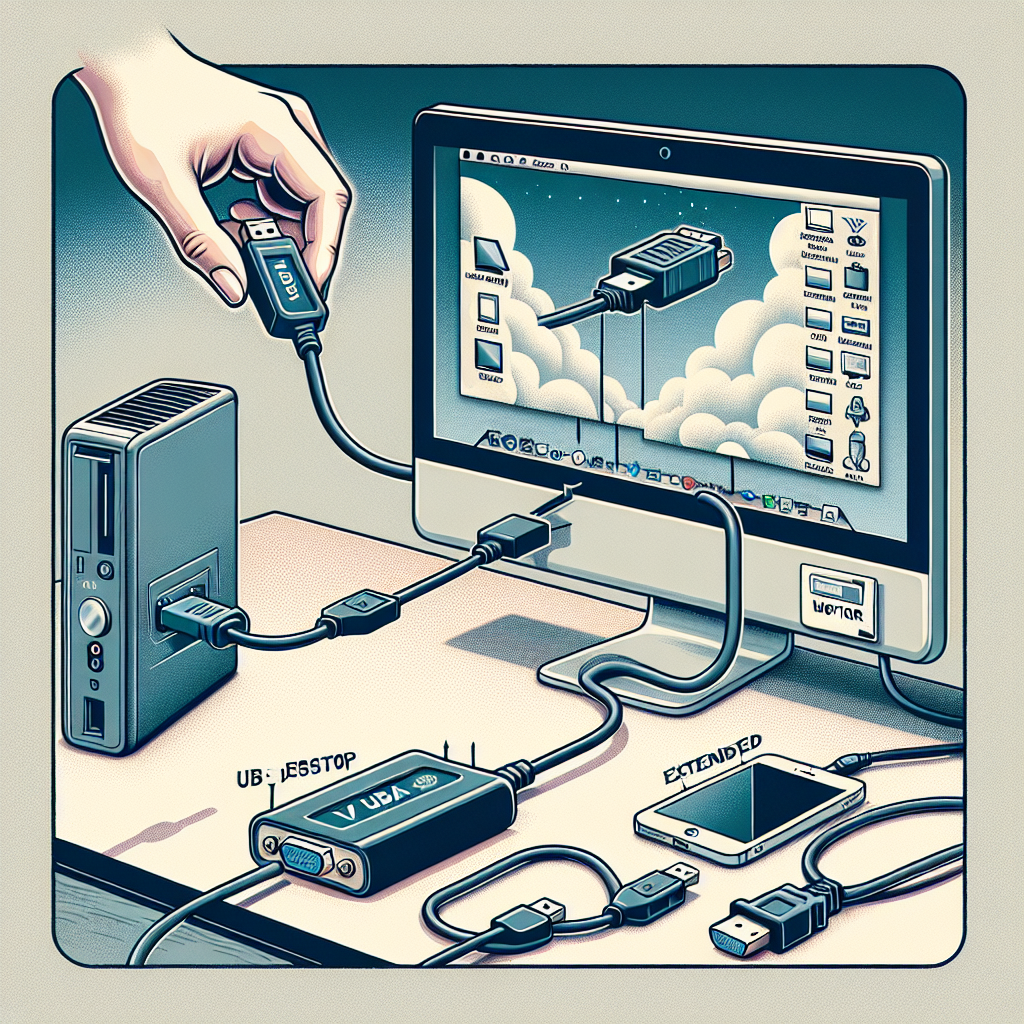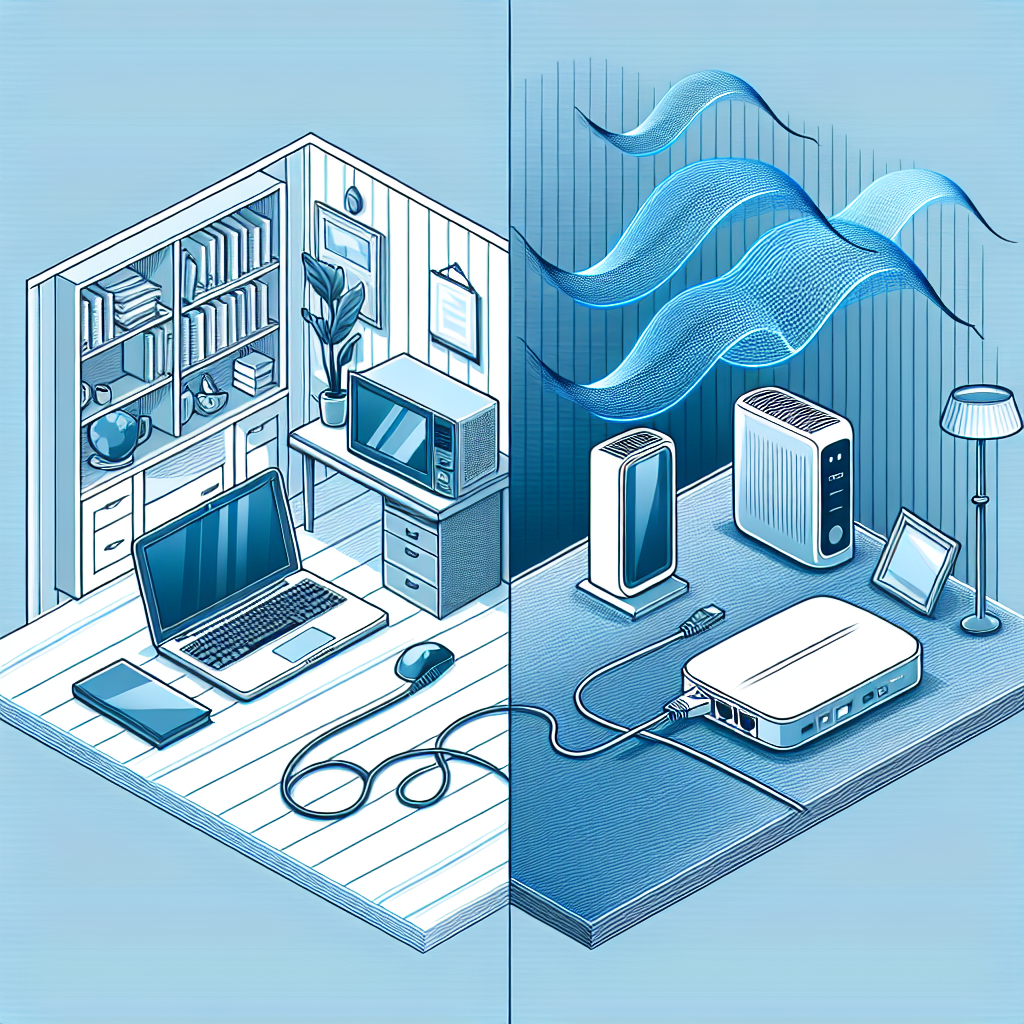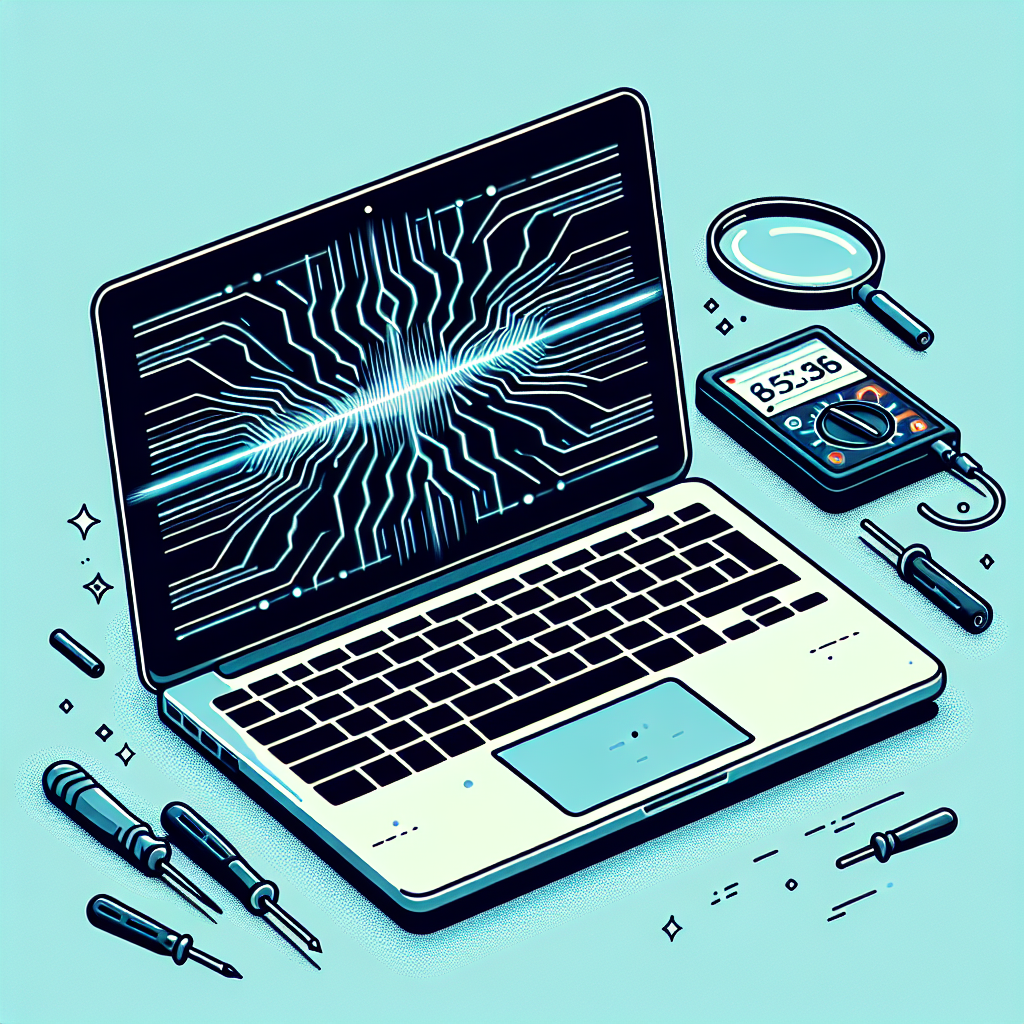Introduction
In today’s digital age, having multiple screens can significantly enhance productivity and improve the overall computing experience. Whether you are working from home, in an office, or gaming, extending your desktop can provide a larger workspace and better multitasking capabilities. One convenient method to achieve this is by using a USB to VGA adapter. In this article, we will explore how to extend your desktop using a USB to VGA adapter, the steps involved, and the benefits of doing so.
What is a USB to VGA Adapter?
A USB to VGA adapter is a hardware device that allows you to connect an additional monitor to your computer using a USB port. This is particularly useful for laptops or desktops that do not have extra video outputs. The adapter converts the USB signal into a VGA signal, enabling the connection of VGA-compatible monitors.
Benefits of Using a USB to VGA Adapter
- Increased Productivity: Extending your desktop allows for more screen real estate, making it easier to manage multiple applications simultaneously.
- Cost-Effective: Instead of purchasing a new computer with multiple outputs, you can simply use an adapter to connect additional monitors.
- Easy Setup: Most USB to VGA adapters are plug-and-play, meaning they can be set up quickly without the need for complicated installations.
How to Extend Your Desktop Using a USB to VGA Adapter
Follow these steps to extend your desktop using a USB to VGA adapter:
Step 1: Gather the Necessary Equipment
- A USB to VGA adapter.
- A VGA monitor.
- A computer with an available USB port.
Step 2: Install the Adapter
1. Plug the USB end of the adapter into an available USB port on your computer.
2. Connect the VGA end of the adapter to your monitor using a VGA cable.
Step 3: Install Drivers (if necessary)
Many USB to VGA adapters are plug-and-play, meaning they will work without additional software. However, some may require driver installation:
- Visit the manufacturer’s website to download the latest drivers for your USB to VGA adapter.
- Follow the installation instructions provided.
Step 4: Configure Display Settings
Once the adapter is connected and drivers are installed, you need to configure your display settings:
- For Windows:
- Right-click on the desktop and select Display settings.
- Scroll down to the Multiple displays section.
- Choose Extend these displays from the dropdown menu.
- Select Apply to save the changes.
- For macOS:
- Open System Preferences.
- Select Displays.
- Click on the Arrangement tab.
- Check the box for Mirror Displays if you want the same image on both screens or adjust the arrangement to extend the display.
Step 5: Adjust Monitor Settings
Adjust the settings on your monitor for optimal performance. This may include adjusting the resolution and orientation to match your preferences.
Common Issues and Troubleshooting Tips
If you experience issues, here are some troubleshooting tips:
- Ensure the USB to VGA adapter is securely connected to both the computer and the monitor.
- Check for updated drivers on the manufacturer’s website.
- Restart your computer to refresh the settings.
- Test the adapter on another computer to determine if the issue is with the adapter or the original computer.
Conclusion
Using a USB to VGA adapter is an effective way to extend your desktop and improve your productivity. By following the steps outlined in this article, you can easily set up an additional monitor with minimal hassle. Whether it’s for work, gaming, or leisure, having an extended desktop setup can make a significant difference in your computing experience.




